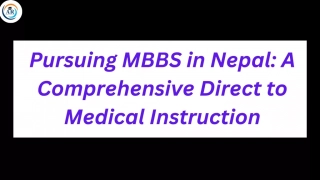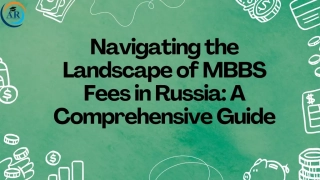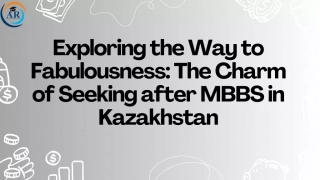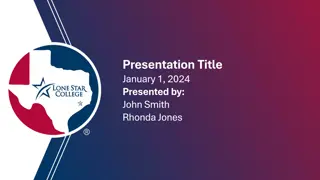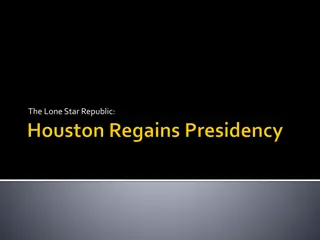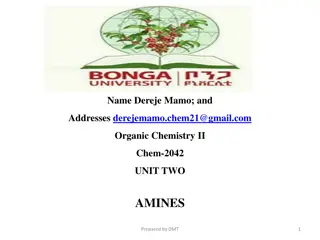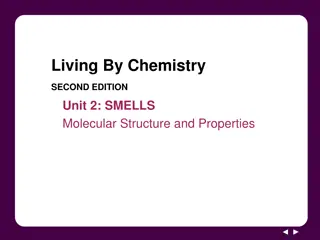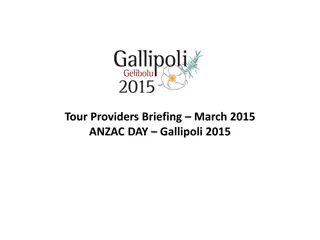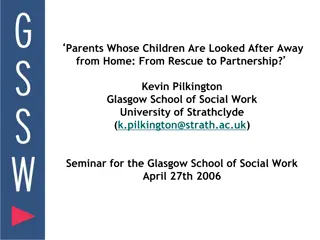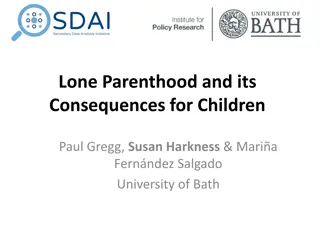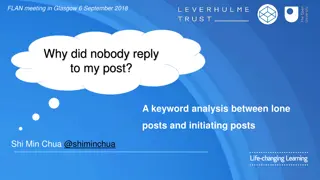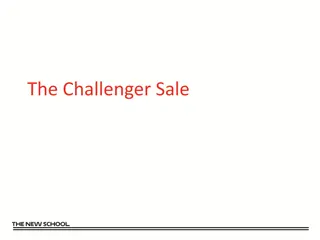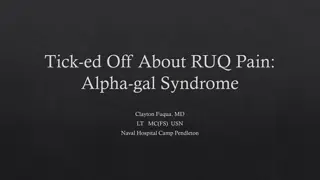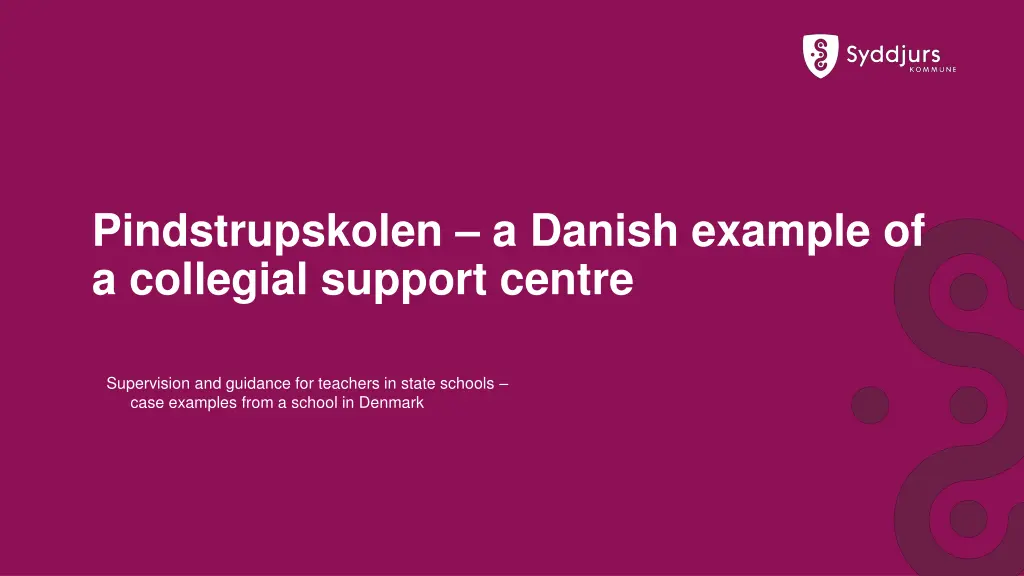
Innovative Collegial Support for Teachers in Danish Schools
Explore how Pindstrupskolen in Denmark provides collegial support and guidance to teachers in state schools, focusing on children with special needs like autism and ADHD. Learn about their collaborative approach, workshops, and tailored support methods to enhance educational outcomes for all students.
Uploaded on | 1 Views
Download Presentation

Please find below an Image/Link to download the presentation.
The content on the website is provided AS IS for your information and personal use only. It may not be sold, licensed, or shared on other websites without obtaining consent from the author. If you encounter any issues during the download, it is possible that the publisher has removed the file from their server.
You are allowed to download the files provided on this website for personal or commercial use, subject to the condition that they are used lawfully. All files are the property of their respective owners.
The content on the website is provided AS IS for your information and personal use only. It may not be sold, licensed, or shared on other websites without obtaining consent from the author.
E N D
Presentation Transcript
Pindstrupskolen a Danish example of a collegial support centre Supervision and guidance for teachers in state schools case examples from a school in Denmark
Pindstrupskolen in Denmark A school for children with autism, ADHD and multiple impairments We are situated in a commune with 4000 pupils in its schools 112 of them are pupils in our school The rest are included in the 10 state schools within the commune 2
How it all started with a vision We wanted to help our collegues in state schools We could see the number of pupils sent to our school rise and we could see that our colleagues in state schools struggled to meet all the different kinds of needs the students in one single classroom had. We wondered if our understanding and knowledge of how to meet and understand children with special needs could make a difference.
The first years of collegial support So we started it up and within the first years we offered collegial support through: Observations and guidance in state schools Presentations about children with special needs knowledge about different diagnoses Workshops about special education, classroom management, visible support systems etc. 4
We learned that: We needed to find a way to take our different possibilities and terms into consideration when we gave guidance. At a school for children with special needs you typically have better terms of, for example, shielding a child. If a child has a need to be shielded from sensory inputs, you can often find a quieter room at our school than you can typically provide in a state school So therefore we invented the following approach in which we learn to investigate and learn together 5
Situatedcollaborative learning The learning that can occur when two perspectives meet in practice: Within our school we are trained in, and have the knowledge of, how to teach children with special needs. The state schools are trained in, and have knowledge of, classroom teaching at their school and they know which resources are avaiable at their school. When you combine those two understandings in practice new understandings can arise
Situatedcollaborative learning We provide our help to state schools in two ways: Pedagogical supervision Our consultants who have a masters degree or a university degree in special education give the teachers pedagogical supervision. Co teaching Our teachers or pedagogues go into the state school to work alongside the schools teachers in their classrooms in an apprenticeship type learning.
Pedagogical supervision Our consultants typically follow this procedure: They have a meeting with the principal at the school who asked for help. After this meeting they write up a purpose for the supervision. They arrange a meeting with the staff that work with the chosen challenge to adjust and coordinate perspectives on the chosen challenge. Then the consultants make observations surrounding the classroom and the students concerned. Another meeting is set up with the staff where the consultants present their observations. This meeting results in new approaches to try out in the classroom and a new date for a follow up meeting is arranged. At the follow up meeting the staff present what the approaches have led to good and bad. We provide supervision, discuss adjustments and, if need be, plan a new date for another meeting.
Co teaching The procedure is: The school which asks for help describes their challenge. Our consultants evaluate and find a teacher at our school with the relevant skills and knowledge for that exact challenge. Our consultants arrange a meeting with the staff that work with the chosen challenge to aldjust and coordinate perspectives on the chosen challenge and to agree on when and how long our teachers will participate in their classroom. It is vital that the teachers from our school and the teachers with the challenge have time to reflect and prepare for future teaching together. When our teachers are in the classroom alongside the state school teachers, new insights can occur and they can learn from each other.
What kind of challenges do we most often meet in state schools? Approach and understanding of the children. The child is often seen as the problem, that needs to change and not the environment/- classroom/way of teaching etc. 10
What kind of challenges do we most often meet in state schools? He reacts and acts out so easily The child is stressed Children with special needs get stressed more easily and when they get stressed, parents and teachers get affected by that stress. It is a visious circle that needs to be Teacher gets stressed Parents get stressed broken. 11
What kind of challenges do we most often meet in state schools? Inappropriate actions must have a consequence. Teachers worry about what other students/teachers/parents think if they do not set up consequences. 12
What kind of challenges do we most often meet in state schools? How to react in a conflict. When a child is having a stress reaction and is very highly aroused, we need to stay calm. In this situation we can t expect to reason with the child and change the behavior we can only manage the behavior. 13
Thoughts from a school Principal Thorsager School a small village school with students from kindergarten to 6 th grade. (6 - 12 year olds) We have learned from our cooperation with teachers, pedagogues and consultants from Pindstrupskolen. Our colleagues from Pindstrupskolen have become a part of our pedagogical toolbox . We rise up to view through a helicopter perspective and find new pragmatic pedagogical solutions together and we try the new approaches and ideas together. 14
What was the goal? Words from the Principal: We needed to change the narrative around the children who were considered problematic. We needed to start believing that children are cooperative and will always try to do the right thing if they are able. We needed to enhance and grow, with a new perspective and understanding of the children with special needs 15
Workshop about an appreciative and inclusive approach We held a workshop about these challenges. The staff learned about the challenges these children have they might not be visible but lie beneath the surface. And through that, staff understanding, and ways of meeting the children, changed. The staff learned tools and were able offer the children more help and empathy. 16
Another case example: A girl who often acted out when she was stressed. The teachers guided the girl out of the classroom using force. The teachers have the other children leave the classroom After our guidance They now find that the girl calms down quickly when they leave the room. And the other children understand that when she feels like this, they need to leave her alone. And they also find that because she does not get angry and hurt the other children, it is easier to protect the social connections between her and the other children 17
An example of co-teaching: In a class where several students had difficulty being in this large group of students, a high level of stress had been generated in the classroom culture over a longer period of time. A co-teaching course with a teacher from Pindstrup School strengthened (with a low-arousal approach) the teachers work with the class to find calm and to generate calm in the group of children and around the children.
Thoughts from a school Principal Roende School a larger village school with students from kindergarten to 10th grade. (6 - 16 year olds) We have a rewarding and educational collaboration with Pindstrup School The staff at Roende School express that they are now better qualified to work with children with special needs 19
Thoughts from the Principal of Roende school We can mention several courses where we have made use of Pindstrup Schools experience and special educational expertise. We have several examples of this: A professional sparring course about a child whom we needed help with to include him in general education together with the class. Supervision in our small class for children with special needs. A presentation for an educational event with staff. A course in social stories a work approach to teach children social skills. 20
To sum it all up Our experience is that we can combine our knowledge and experience school for special needs and the state school - and develop a more inclusive school. And it is also rewarding for our staff to use their skills in another practice 21
Inclusion, teaching and special education Lotte Hedegaard-S rensen, danish lecturer at Aarhus University: Collaboration between subject professionals with 'special and specialized knowledge' and teachers to prepare, carry out and evaluate the teaching (e.g. co-teaching). TIME for collaboration (multidisciplinary with external and internal experts) to develop teaching! CO-location: collaboration on and in teaching

